Home>Garden Essentials>Garden Storage>How Much Does A Wardrobe Stylist Make


Garden Storage
How Much Does A Wardrobe Stylist Make
Modified: January 9, 2024
Discover how much a wardrobe stylist can make and learn about the storage solutions they offer. Find out more about the earning potential in this exciting industry.
(Many of the links in this article redirect to a specific reviewed product. Your purchase of these products through affiliate links helps to generate commission for Storables.com, at no extra cost. Learn more)
Introduction
Are you passionate about fashion and have a knack for putting together stylish outfits? If so, a career as a wardrobe stylist might be the perfect fit for you. As a wardrobe stylist, your main responsibility is to curate and create visually appealing and cohesive looks for individuals, whether it’s for a photo shoot, a red carpet event, or everyday personal styling.
Wardrobe stylists play a crucial role in the fashion industry, working with clients to enhance their personal style and create a lasting impression. From selecting the right garments and accessories to coordinating colors and silhouettes, their expertise contributes to the overall aesthetic and image of the client.
But how much does a wardrobe stylist make? Like any profession, salary can vary based on several factors. In this article, we will explore the job description of a wardrobe stylist, the factors that affect their salaries, and provide insights into the average salary range for this profession.
So, if you are considering a career in wardrobe styling or are simply curious about the earning potential of this profession, read on to discover the ins and outs of wardrobe stylist salaries.
Key Takeaways:
- Wardrobe stylists can earn between $30,000 to $70,000 annually, with potential for higher income in fashion hubs and specialized niches. Networking, portfolio quality, and continuous skill improvement are key to increasing earning potential.
- Location, industry, and experience level significantly impact wardrobe stylist salaries. High-end fashion, celebrity styling, and specialized skills can command higher incomes. Building a strong portfolio and professional network are essential for career growth.
Read more: What Is A Wardrobe Stylist
Job Description of a Wardrobe Stylist
A wardrobe stylist is responsible for curating and creating fashionable and visually appealing looks for individuals, whether it’s for editorial shoots, fashion shows, red carpet events, or personal styling for everyday life. Their primary goal is to enhance the client’s personal style and create a distinctive image that aligns with their personality and the occasion.
One of the key tasks of a wardrobe stylist is selecting the appropriate wardrobe pieces for their clients. This includes researching and sourcing garments, accessories, and footwear from various fashion brands, designers, and retailers. They need to have extensive knowledge of current fashion trends, as well as an understanding of the client’s preferences, body type, and style goals.
Once the wardrobe pieces are selected, the wardrobe stylist is responsible for coordinating and styling the outfits. This involves creating cohesive and harmonious looks by combining different garments, accessories, and footwear. They need to have an eye for color coordination, pattern mixing, and understanding of proportions to create visually appealing outfits.
In addition to the actual styling, a wardrobe stylist also assists with fitting the garments on the client. They ensure that the clothes fit properly and make any necessary alterations or adjustments to achieve the desired fit and look. Attention to detail is crucial to ensure that the client looks polished and put-together.
Communication and collaboration are important aspects of the job as well. Wardrobe stylists often work closely with photographers, makeup artists, hairstylists, and clients to ensure that the overall vision for the project is achieved. They need to be able to effectively communicate their ideas and collaborate with others to bring the desired look to life.
Furthermore, wardrobe stylists need to stay updated on industry trends, fashion events, and emerging designers. Networking and attending fashion shows and events are essential to expand their professional network and gain exposure in the industry.
In summary, the job of a wardrobe stylist involves curating fashionable looks, selecting appropriate wardrobe pieces, styling the outfits, fitting the garments, and working collaboratively to create a visually appealing aesthetic. It requires a deep understanding of fashion trends, excellent attention to detail, strong communication skills, and the ability to work under pressure in fast-paced environments.
Factors Affecting Wardrobe Stylist Salaries
The salary of a wardrobe stylist can be influenced by several factors. Understanding these factors can give you insights into the potential earning range for this profession. Here are some of the key factors that affect wardrobe stylist salaries:
1. Location: The geographical location plays a significant role in determining salary levels for wardrobe stylists. Fashion hubs such as New York, Los Angeles, Paris, and Milan tend to offer higher salaries due to a higher demand for fashion and the presence of major fashion events. On the other hand, smaller cities or regions with a lower cost of living may offer lower salaries.
2. Industry: The industry in which a wardrobe stylist works can impact salary. Working in high-end fashion, celebrity styling, or luxury brands can offer higher earning potential compared to working in commercial or retail settings.
3. Experience Level: As with many professions, experience plays a significant role in determining salary. Entry-level wardrobe stylists may earn less compared to those with several years of experience and a proven track record. With experience, wardrobe stylists can build a reputation and demand higher compensation for their expertise.
4. Clientele: The type of clients a wardrobe stylist works with can also impact their earning potential. Styling high-profile clients, celebrities, or influential individuals can command higher fees and offer opportunities for exposure and career advancement.
5. Reputation and Portfolio: A wardrobe stylist’s reputation and portfolio of work can greatly influence their earning potential. Positive reviews, recommendations, and a strong body of work can attract high-paying clients and establish the stylist as a sought-after professional in the industry.
6. Additional Skills and Specializations: Wardrobe stylists who possess additional skills or specializations, such as knowledge of costume design, personal shopping, or expertise in specific niche markets (e.g., bridal styling, menswear) may have an advantage in negotiating higher salaries.
7. Freelance vs. Employed: Whether a wardrobe stylist works as a freelancer or is employed by a company or agency can also impact their salary. Freelancers have the opportunity to set their own rates and negotiate fees directly with clients, potentially earning higher incomes. However, they are also responsible for managing their own business expenses and securing their own clients.
It is important to note that while these factors can influence a wardrobe stylist’s salary, individual negotiation skills, market demand, and personal branding also play a significant role in determining earning potential. Building a strong professional network and consistently delivering exceptional work can lead to increased opportunities and higher compensation in the long run.
Average Salary Range for Wardrobe Stylists
The salary range for wardrobe stylists can vary depending on factors such as location, industry, experience level, and clientele. While specific figures may fluctuate, understanding the average salary range can give you a general idea of earning potential in this profession.
According to industry data and job market trends, the average annual salary for wardrobe stylists falls within the range of $30,000 to $70,000. However, it is important to note that there are stylists who earn significantly more or less depending on the aforementioned factors.
Entry-level wardrobe stylists or those with limited experience may start at the lower end of the salary range, typically earning around $30,000 to $40,000 per year. As they gain more experience, polish their skills, and build a solid portfolio, they can expect their earning potential to increase.
Experienced wardrobe stylists with a strong reputation and an impressive clientele can earn in the higher range of $50,000 to $70,000 per year. These stylists often have established relationships with high-profile clients, work on prestigious projects, and have a track record of successful styling work.
It is important to note that these figures provide a general overview and can vary based on the factors mentioned earlier. Wardrobe stylists who work in major fashion hubs like New York or Los Angeles may have higher earning potential due to a higher demand for their services.
Additionally, some wardrobe stylists may supplement their income by taking on additional projects or providing related services such as personal shopping, closet organization, or offering styling workshops. These diversifications can contribute to an increased earning potential.
Freelance wardrobe stylists have the flexibility to set their own rates, which can also impact their earning potential. While freelance stylists may have the potential to earn higher incomes, they need to consider business expenses, marketing efforts, and securing new clients to maintain a steady flow of work.
Ultimately, the average salary range for wardrobe stylists provides a benchmark, but individual earning potential can vary significantly based on experience, skills, industry connections, reputation, and market demand. Building a strong portfolio, networking, and continuously improving one’s skills and knowledge are crucial in maximizing earning potential in this field.
Salary Variation by Location
The location in which a wardrobe stylist works can significantly impact their salary. Fashion hubs and major metropolitan areas typically offer higher salaries due to a higher demand for fashion and styling services. Let’s explore some key regions and the salary variations for wardrobe stylists:
1. New York: Being a fashion capital, New York offers numerous opportunities for wardrobe stylists. The city boasts a bustling fashion scene, with a high demand for styling services. On average, wardrobe stylists in New York can earn between $40,000 to $80,000 per year, depending on experience, clientele, and reputation.
2. Los Angeles: Known for its thriving entertainment industry and celebrity culture, Los Angeles provides ample opportunities for wardrobe stylists. Stylists in L.A. can expect to earn similar salaries as their counterparts in New York, ranging from $40,000 to $80,000 per year.
3. Paris: As a renowned fashion capital in the world, Paris attracts talented wardrobe stylists. Salaries for wardrobe stylists in Paris can range from €35,000 to €70,000 per year, with opportunities for growth and higher incomes for those with notable clients or working in luxury fashion.
4. Milan: Milan is another fashion powerhouse, known for its high-end designers and fashion events. Wardrobe stylists in Milan can earn salaries similar to those in New York and Los Angeles, ranging from €35,000 to €80,000 per year.
5. London: London is a global fashion hub with a diverse range of styling opportunities. While salaries for wardrobe stylists in London can vary, the average range falls between £25,000 to £50,000 per year, depending on experience, industry connections, and the types of clients serviced.
6. Other Locations: In smaller cities or regions with a lower cost of living, wardrobe stylist salaries tend to be lower. For example, in cities like Chicago, Atlanta, or Dallas, wardrobe stylists can expect salaries ranging from $30,000 to $60,000 per year. It’s important to consider the specific market demand and cost of living in these locations.
Salary variations by location are driven by factors such as the concentration of fashion-related industries, client demographics, and the cost of living in each area. While major fashion hubs typically offer higher salaries, it’s essential to consider personal preferences, lifestyle, and career opportunities when deciding on a location to work as a wardrobe stylist.
A wardrobe stylist’s salary can vary based on location, experience, and clientele. On average, they can make anywhere from $25,000 to $100,000 per year. Building a strong portfolio and networking can lead to higher earnings.
Read more: How To Become A Wardrobe Stylist
Salary Variation by Industry
The industry in which a wardrobe stylist works can have a significant impact on their salary. Different industries have varying demands for styling services, which can influence the earning potential for wardrobe stylists. Let’s explore the salary variations across different industries:
1. High-end Fashion: Working with high-end fashion brands or luxury designers can offer wardrobe stylists higher salaries. These brands typically have larger budgets for styling and are willing to invest in top-notch stylists. Wardrobe stylists in the high-end fashion industry can earn salaries ranging from $50,000 to $100,000 or more per year, depending on experience and reputation.
2. Editorial and Fashion Photography: Styling for editorial shoots and fashion photography can be financially rewarding. Wardrobe stylists who collaborate with magazines, fashion publications, or work on advertising campaigns can earn salaries in the range of $40,000 to $80,000 per year, depending on the scope of the projects and clients involved.
3. Entertainment and Celebrity Styling: Styling celebrities for red carpet events, award shows, or movie premieres can be lucrative. Wardrobe stylists working in the entertainment industry can earn higher salaries, especially if they work with high-profile clients. Salaries can range from $50,000 to $100,000 or more, depending on the clientele and the level of exclusivity of their services.
4. Commercial and Advertising: Styling for commercials, advertisements, or corporate clients can provide steady work and a consistent income. Salaries for wardrobe stylists in the commercial and advertising industry can range from $40,000 to $70,000 per year, depending on the size and scope of the projects and the clients involved.
5. Retail and Personal Styling: Styling for retail brands or offering personal styling services can be a viable career path for wardrobe stylists. In this industry, salaries can vary widely depending on the location, clientele, and reputation of the stylist. On average, wardrobe stylists working in retail or personal styling can earn salaries ranging from $30,000 to $60,000 per year.
6. Film and Television: Wardrobe stylists working in the film and television industry often collaborate with costume designers to create looks for characters. Salaries for wardrobe stylists in this field can vary depending on the scale of the production and the stylist’s experience. Range from $40,000 to $70,000 per year.
These figures are general estimates and can vary based on individual circumstances, such as experience, location, reputation, and industry connections. Additionally, some wardrobe stylists may focus on multiple industries, combining their skills and expertise to increase their earning potential.
Ultimately, the earning potential for wardrobe stylists varies by industry, and each sector offers unique opportunities and challenges. It is essential for wardrobe stylists to identify their areas of interest and passion and build their skills and reputation within those industries to maximize their earning potential.
Salary Variation by Experience Level
Experience plays a significant role in determining the salary of a wardrobe stylist. As stylists gain more experience and develop their skills, their earning potential tends to increase. Here is a breakdown of how experience level can impact the salaries of wardrobe stylists:
Entry-Level: Entry-level wardrobe stylists, with limited experience or just starting their careers, often earn salaries on the lower end of the spectrum. Typically, these stylists can expect to earn around $30,000 to $40,000 per year. They may have the opportunity to work on smaller projects or assist more experienced stylists to gain practical knowledge and build their portfolios.
Intermediate: As wardrobe stylists gain a few years of experience and start to establish themselves in the industry, their earning potential increases. Intermediate-level stylists can expect to earn salaries in the range of $40,000 to $60,000 per year. At this stage, they have some industry connections and a solid portfolio, enabling them to take on more independent projects and work with a wider range of clients.
Experienced: With several years of experience and a proven track record, experienced wardrobe stylists have the potential to earn higher salaries. These stylists can command fees ranging from $60,000 to $80,000 or more per year, depending on their reputation, industry connections, and the type of clients they work with. They may have established a niche specialization or have a roster of high-profile clients that contribute to their higher earning potential.
Established and Elite: Wardrobe stylists who have reached a high level of expertise and have a prestigious reputation in the industry fall into the established and elite category. These stylists often work with A-list celebrities, fashion publications, and luxury brands. Their salaries can range from $80,000 to $100,000 or more per year. At this level, stylists have a strong industry presence and can negotiate premium rates due to their extensive experience, connections, and established brand.
It’s important to note that these salary ranges are general estimates, and individual circumstances may differ. Factors such as location, industry specialization, and the demand for wardrobe stylists can influence earning potential at each experience level. Additionally, ongoing professional development, maintaining a strong portfolio, and staying updated with industry trends are essential for career growth and increasing earning potential.
As wardrobe stylists progress in their careers and gain experience, they also have the opportunity to take on more diverse and high-profile projects, which can contribute to their growth in the industry. Continuous learning, networking, and consistently delivering exceptional work are key in achieving career advancement and higher salaries as a wardrobe stylist.
Other Factors That Impact Wardrobe Stylist Salaries
In addition to location, industry, and experience level, there are several other factors that can impact the salaries of wardrobe stylists. Understanding these factors can provide a comprehensive view of the earning potential in this field. Here are some other key factors that influence wardrobe stylist salaries:
1. Clientele: The type of clients a wardrobe stylist works with can have a significant impact on their earning potential. Styling high-profile clients, celebrities, or influential individuals often commands higher fees. These clients may have larger budgets and are willing to invest more in their personal style and image.
2. Reputation and Portfolio: A wardrobe stylist’s reputation and portfolio play a crucial role in determining their salary. Positive reviews, recommendations, and a strong body of work can attract high-paying clients and establish the stylist as a sought-after professional in the industry. A well-curated portfolio showcases the stylist’s expertise and can lead to higher earning potential.
3. Additional Skills and Specializations: Wardrobe stylists who possess additional skills or specializations can have an advantage when it comes to negotiating higher salaries. Knowledge of costume design, personal shopping, expertise in specific niche markets (e.g., bridal styling, menswear), or proficiency in styling for specific body types can make a stylist more valuable and in-demand.
4. Networking and Connections: Building and maintaining a strong professional network can open doors to new opportunities and higher-paying projects. Attending industry events, fashion shows, and actively networking with photographers, designers, makeup artists, and other professionals in the industry can lead to referrals and collaborations that contribute to a wardrobe stylist’s salary potential.
5. Market Demand: The demand for wardrobe stylists can vary depending on trends, seasons, and the overall state of the fashion and entertainment industry. During peak seasons or when there is a surge in events and projects, the demand for wardrobe stylists may increase, leading to more job opportunities and potentially higher salaries.
6. Negotiation Skills: A wardrobe stylist’s ability to negotiate rates and fees also impacts their earning potential. Strong negotiation skills can result in higher compensation for their services. It’s essential for stylists to advocate for themselves and confidently articulate the value they bring to clients.
While these factors can influence a wardrobe stylist’s salary, it’s important to remember that earning potential is also contingent on the stylist’s ability to consistently deliver excellent work, stay current with fashion trends, and adapt to the changing needs of their clients. Being proactive, adaptable, and continually investing in professional development can contribute to long-term success and higher salaries for wardrobe stylists.
Tips for Increasing Earning Potential as a Wardrobe Stylist
If you’re a wardrobe stylist looking to increase your earning potential, there are several strategies you can implement to attract higher-paying clients and establish yourself as a sought-after professional. Here are some key tips to consider:
1. Build a Strong Portfolio: Your portfolio is your visual resume and showcases your skills and expertise. Curate a diverse and impressive collection of your styling work to demonstrate your range and abilities. Continually update your portfolio with your best work to attract potential clients and show that you’re on top of current fashion trends.
2. Network and Collaborate: Networking is crucial in the fashion industry. Attend industry events, fashion shows, and other relevant gatherings to connect with photographers, designers, and other professionals. Collaborate with other creatives on projects to expand your network and gain exposure to a wider audience.
3. Specialize: Consider specializing in a specific niche or skill set that sets you apart from other stylists. Whether it’s bridal styling, menswear, or costume design, honing in on a particular area of expertise can make you more valuable and increase your earning potential.
4. Continuously Learn and Stay Current: Fashion is ever-evolving, so it’s crucial to stay updated on the latest trends, designers, and industry news. Enroll in fashion courses, attend workshops, and read fashion magazines and blogs to enhance your knowledge and keep your skills sharp. Clients are more likely to pay a premium for stylists who are on top of their game.
5. Provide Exceptional Customer Service: Good communication and exceptional customer service skills are essential for building strong relationships with clients. Listen to their needs, offer personalized recommendations, and ensure their satisfaction with your services. Positive client experiences can lead to repeat business, referrals, and higher-paying opportunities.
6. Establish a Professional Online Presence: Create a professional website and maintain an active presence on social media platforms such as Instagram, where you can showcase your work, share fashion tips, and connect with potential clients. A strong online presence helps establish your credibility and attracts clients who are searching for a wardrobe stylist.
7. Collaborate with Influencers and Bloggers: Partnering with influencers or fashion bloggers can expand your reach and attract new clients. Collaborating on styled photo shoots or offering styling services to influencers can help you gain exposure to their followers, leading to potential opportunities for higher-paying projects.
8. Continually Improve your Skills: Don’t stop learning and growing as a stylist. Attend workshops, take courses, and participate in industry events to continuously enhance your skills. The more knowledgeable and versatile you are, the more attractive you’ll be to clients seeking a well-rounded wardrobe stylist.
9. Set Competitive Rates: Research industry standards and consider your experience, portfolio, and target market when setting your rates. While it’s important to price your services competitively, don’t undervalue yourself. Setting reasonable and fair rates ensures that you’re compensated appropriately for your expertise and the value you bring to your clients.
10. Provide Value-Added Services: Consider offering additional services to enhance your value proposition. Whether it’s personal shopping, closet organization, or virtual styling sessions, providing value-added services can attract higher-paying clients and distinguish you from other stylists.
By implementing these tips, you can position yourself as a top-notch wardrobe stylist, attract higher-paying clients, and increase your earning potential in the fashion industry. Remember, building a successful career as a wardrobe stylist takes time and dedication, so stay persistent, be patient, and keep striving for excellence.
Read more: How Much Does A New Wardrobe Cost
Conclusion
Being a wardrobe stylist is a rewarding and creative career choice for those with a passion for fashion and styling. While salaries can vary based on factors such as location, industry, experience level, and clientele, understanding these dynamics can help you navigate the journey and set realistic expectations.
As highlighted throughout this article, wardrobe stylist salaries can range from $30,000 to $70,000 or more per year, depending on various factors. Factors such as location play a significant role, with fashion hubs like New York, Los Angeles, Paris, and Milan offering higher earning potential due to their strong fashion industries. Furthermore, working in high-end fashion, celebrity styling, or specialized niches can also command higher salaries.
Experience level, reputation, and portfolio quality also contribute to salary variation. Entry-level stylists typically start at the lower end of the salary range, while experienced and established stylists with a solid track record and high-profile clients can earn significantly higher salaries.
Additionally, factors like networking, maintaining a strong online presence, and continuously improving your skills through learning and staying updated on fashion trends are crucial for increasing your earning potential as a wardrobe stylist.
Ultimately, it’s important to remember that success in this field is not solely defined by salary. Job satisfaction, creative fulfillment, and the opportunity to work with amazing clients and projects should also be considered. Building a thriving career as a wardrobe stylist requires passion, dedication, and a strong work ethic.
So, if you’re dreaming of a career as a wardrobe stylist, take advantage of the tips and insights provided in this article to enhance your earning potential. Continually strive for excellence, refine your skills, and establish your unique brand in the industry. With determination and a keen eye for style, you can turn your passion for fashion into a rewarding and fulfilling career as a wardrobe stylist.
Frequently Asked Questions about How Much Does A Wardrobe Stylist Make
Was this page helpful?
At Storables.com, we guarantee accurate and reliable information. Our content, validated by Expert Board Contributors, is crafted following stringent Editorial Policies. We're committed to providing you with well-researched, expert-backed insights for all your informational needs.
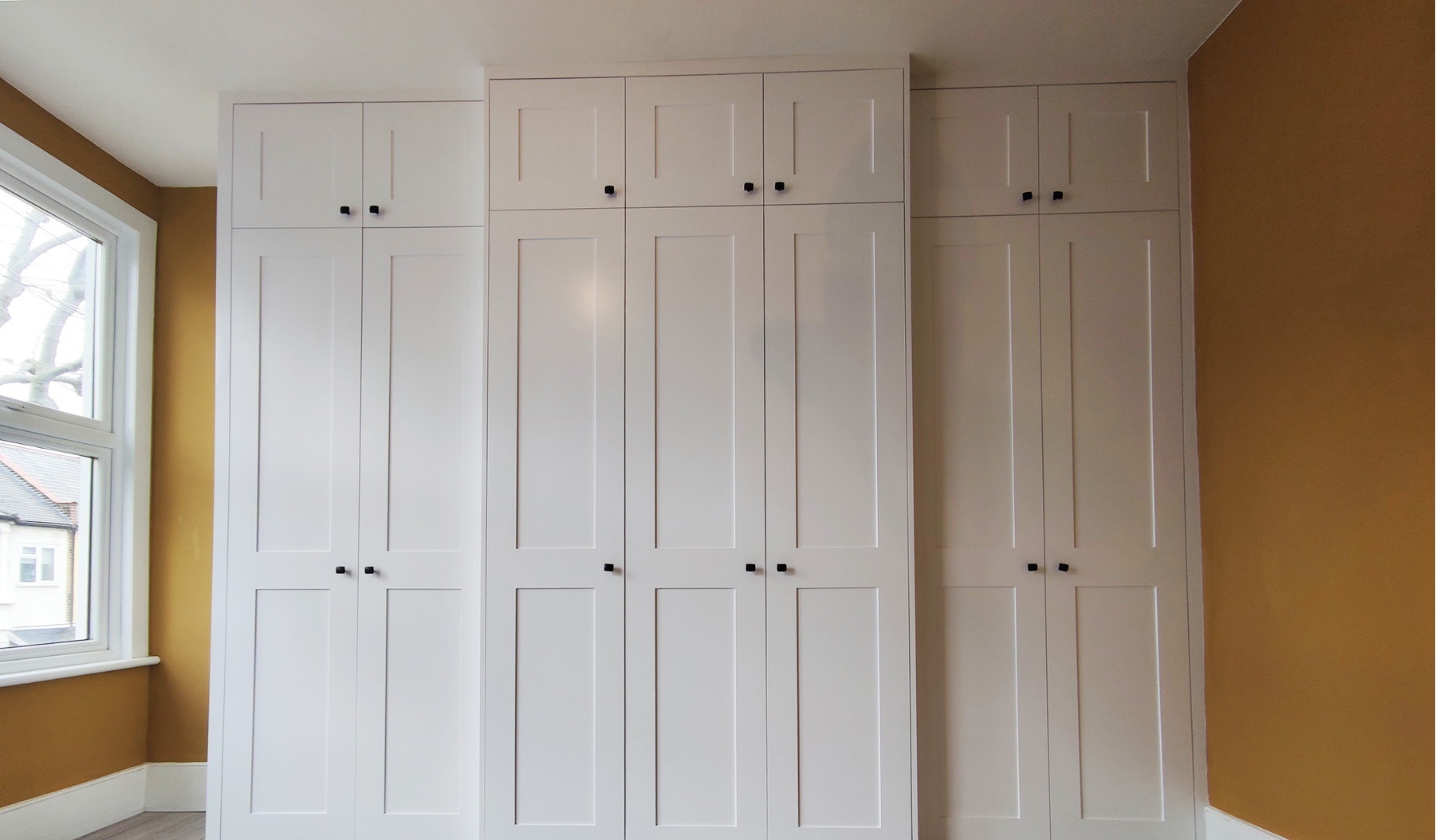
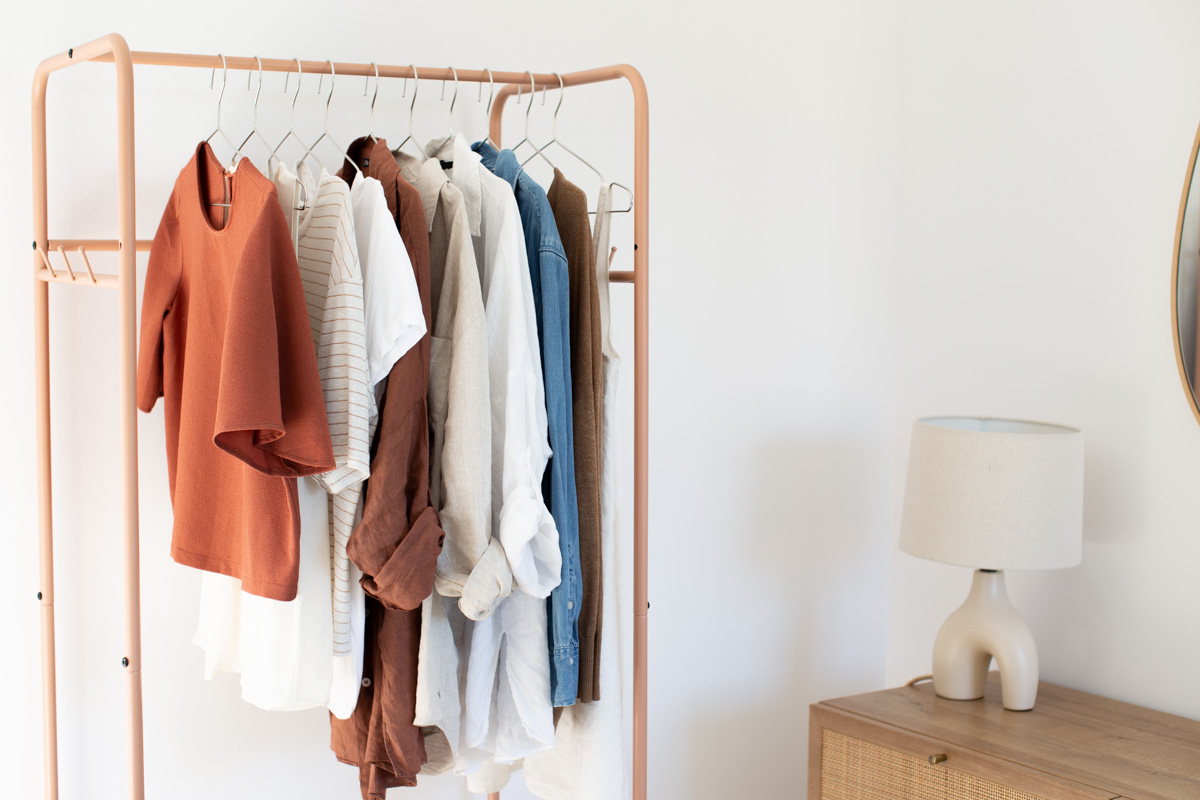

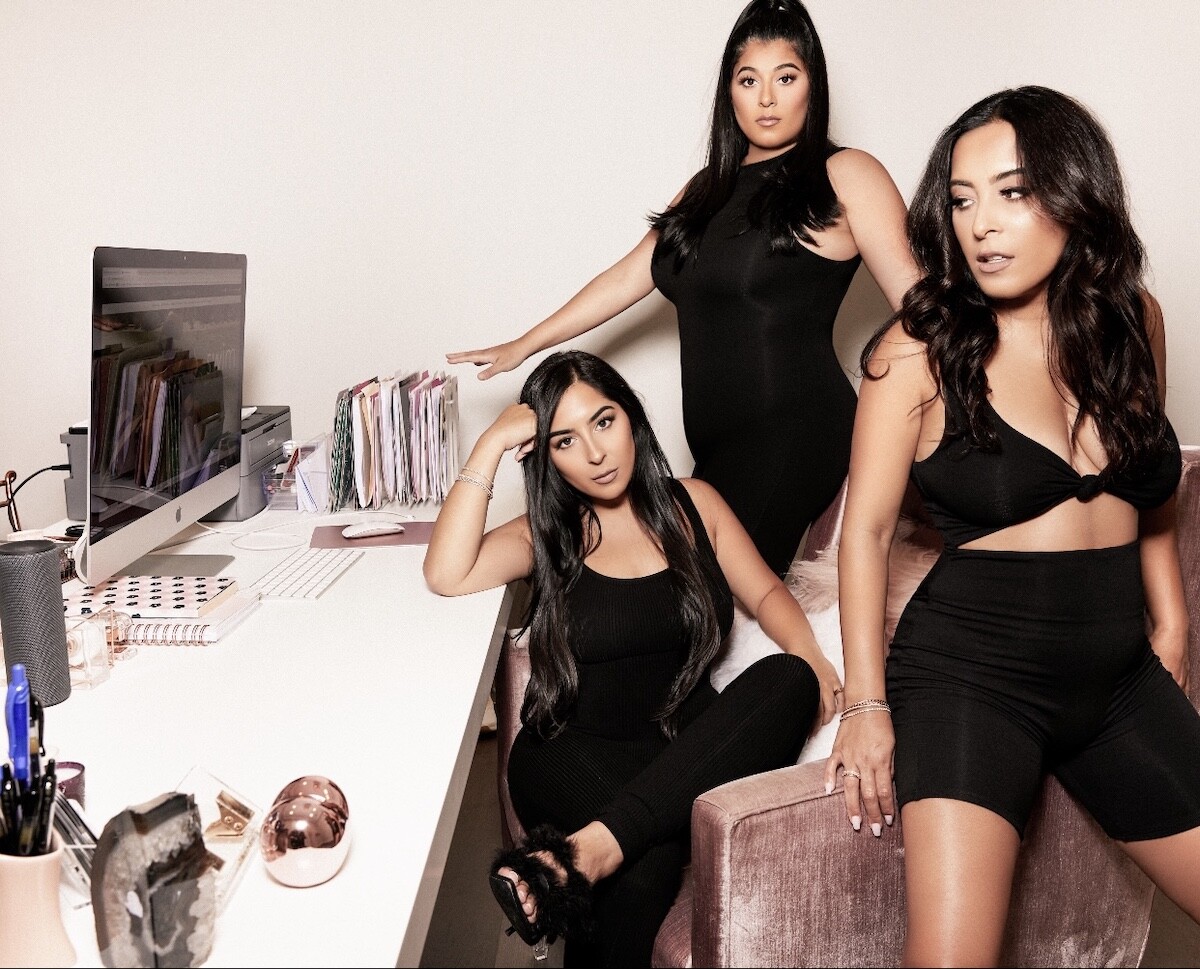


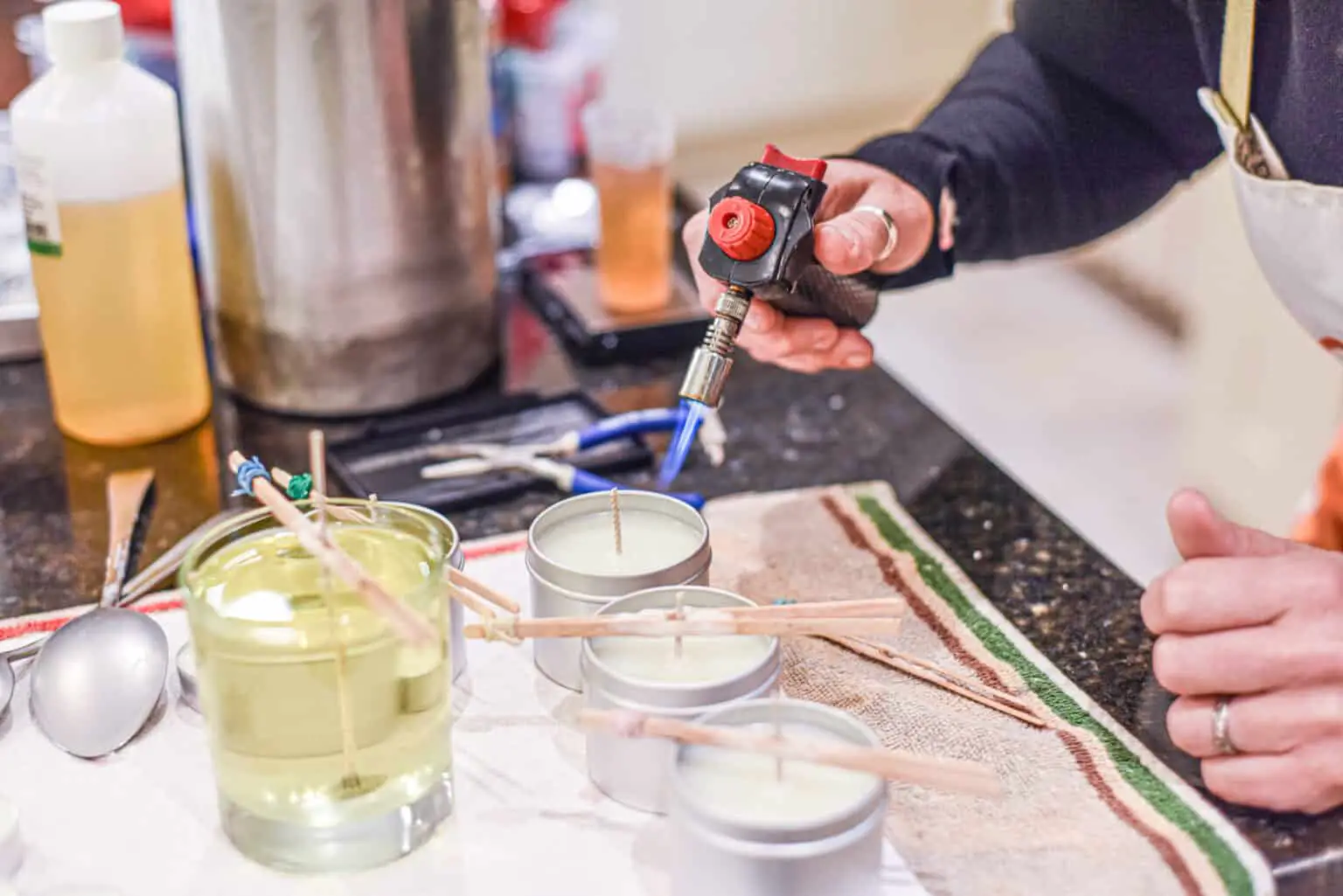


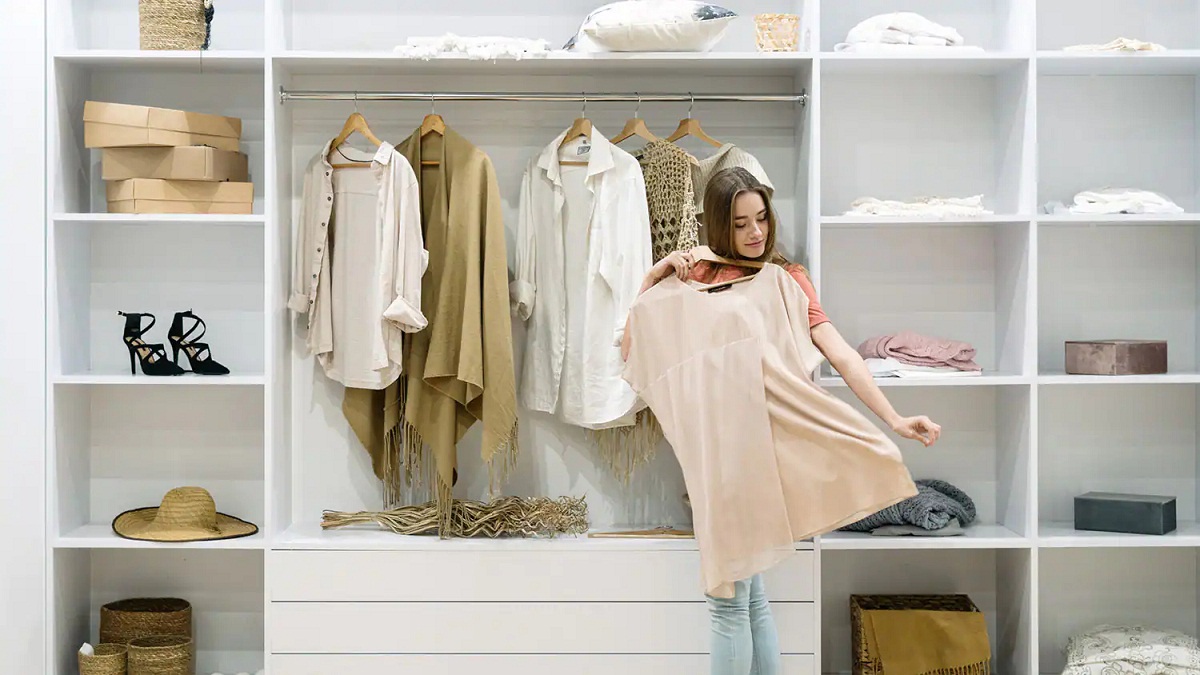
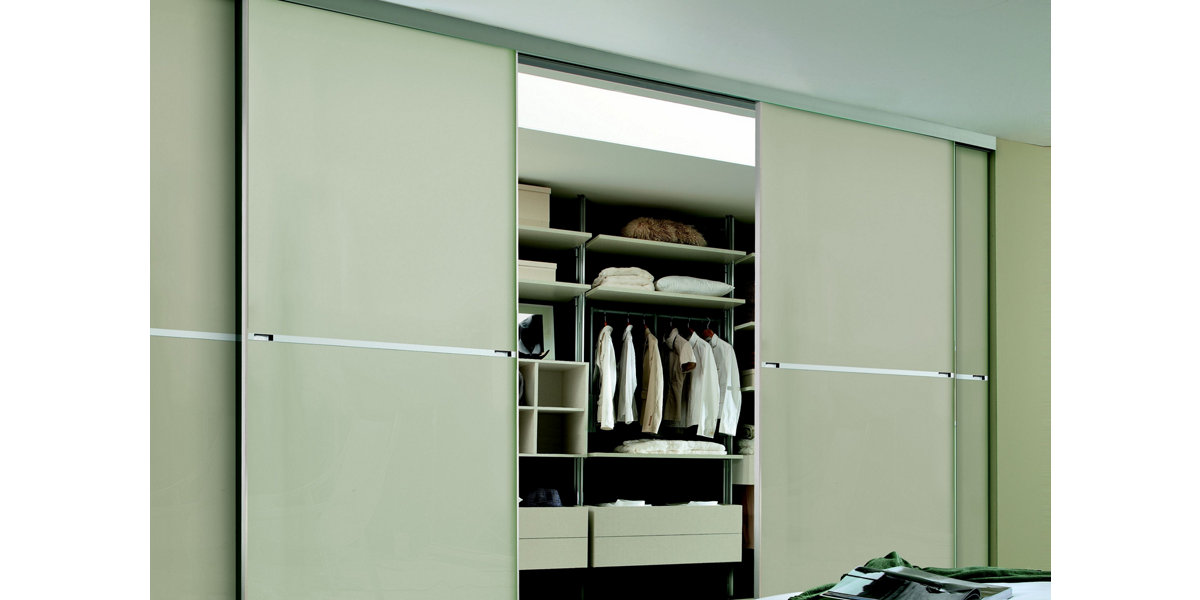

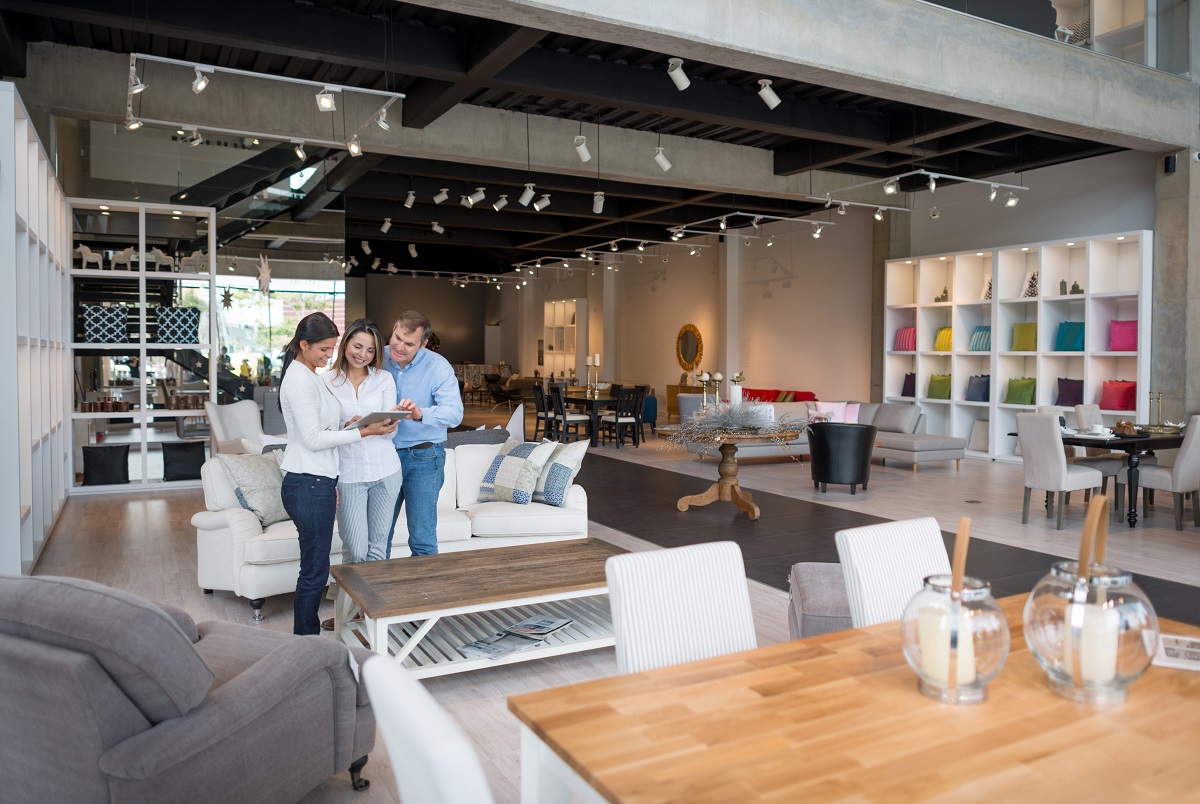

0 thoughts on “How Much Does A Wardrobe Stylist Make”